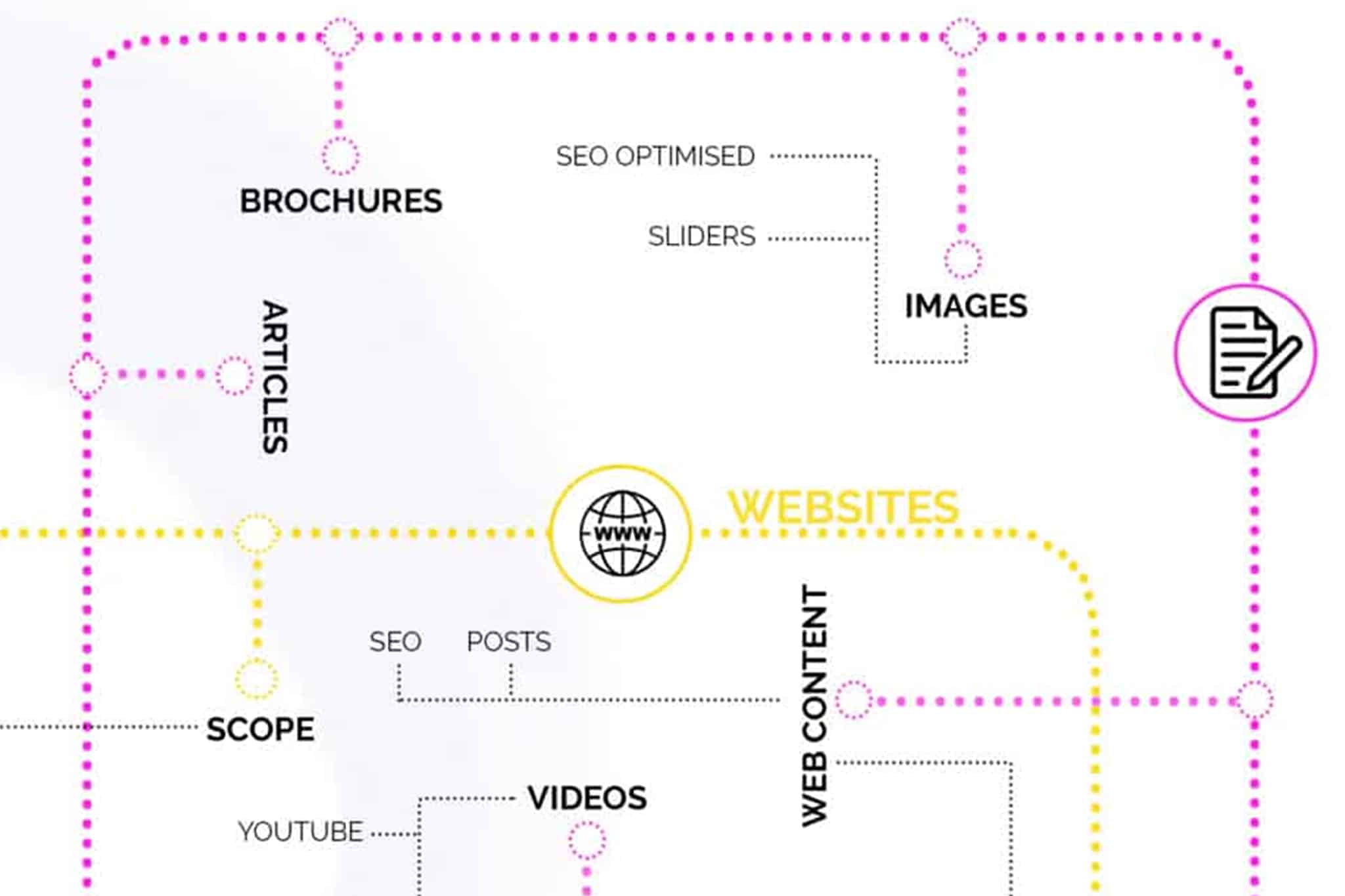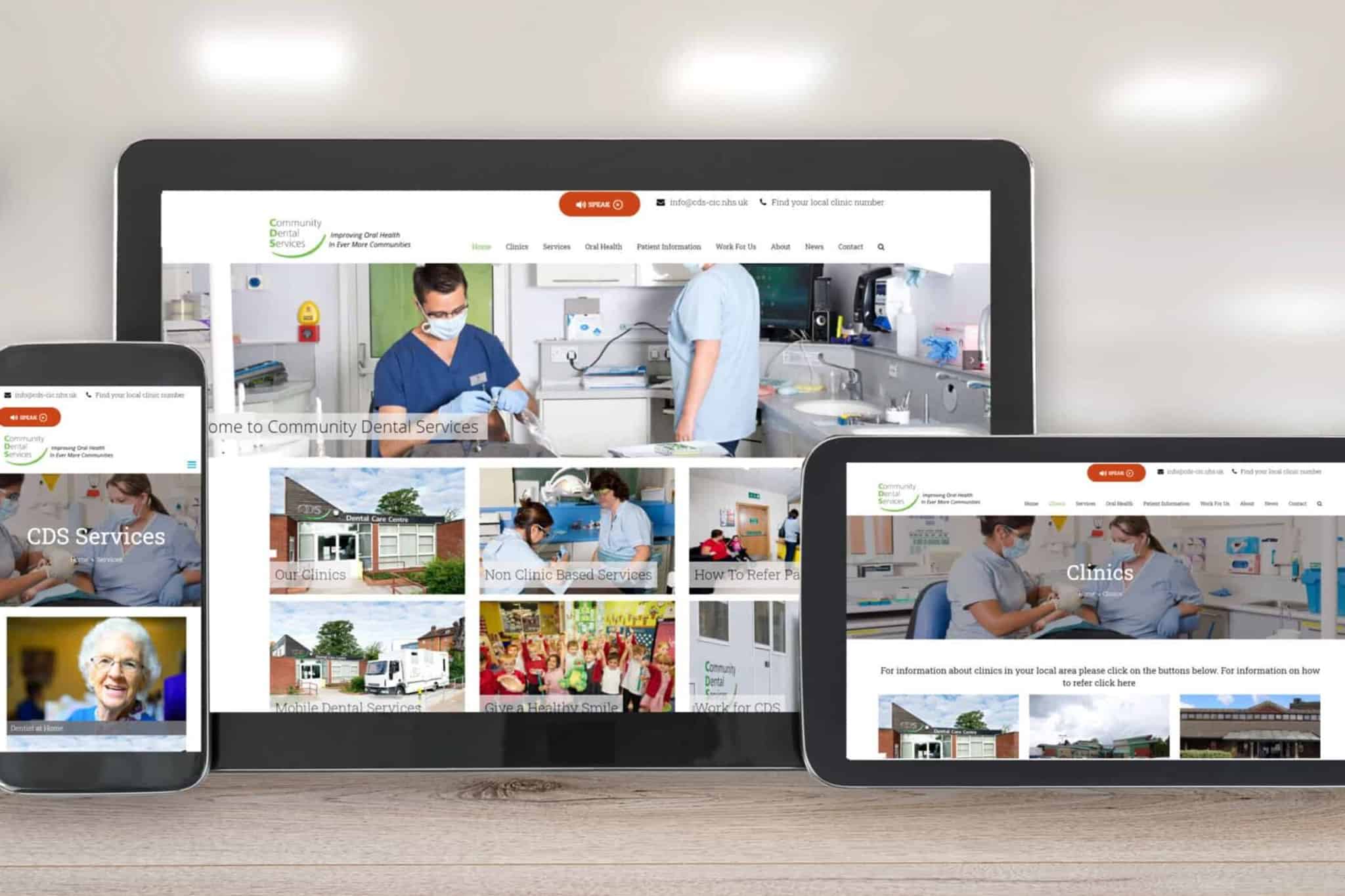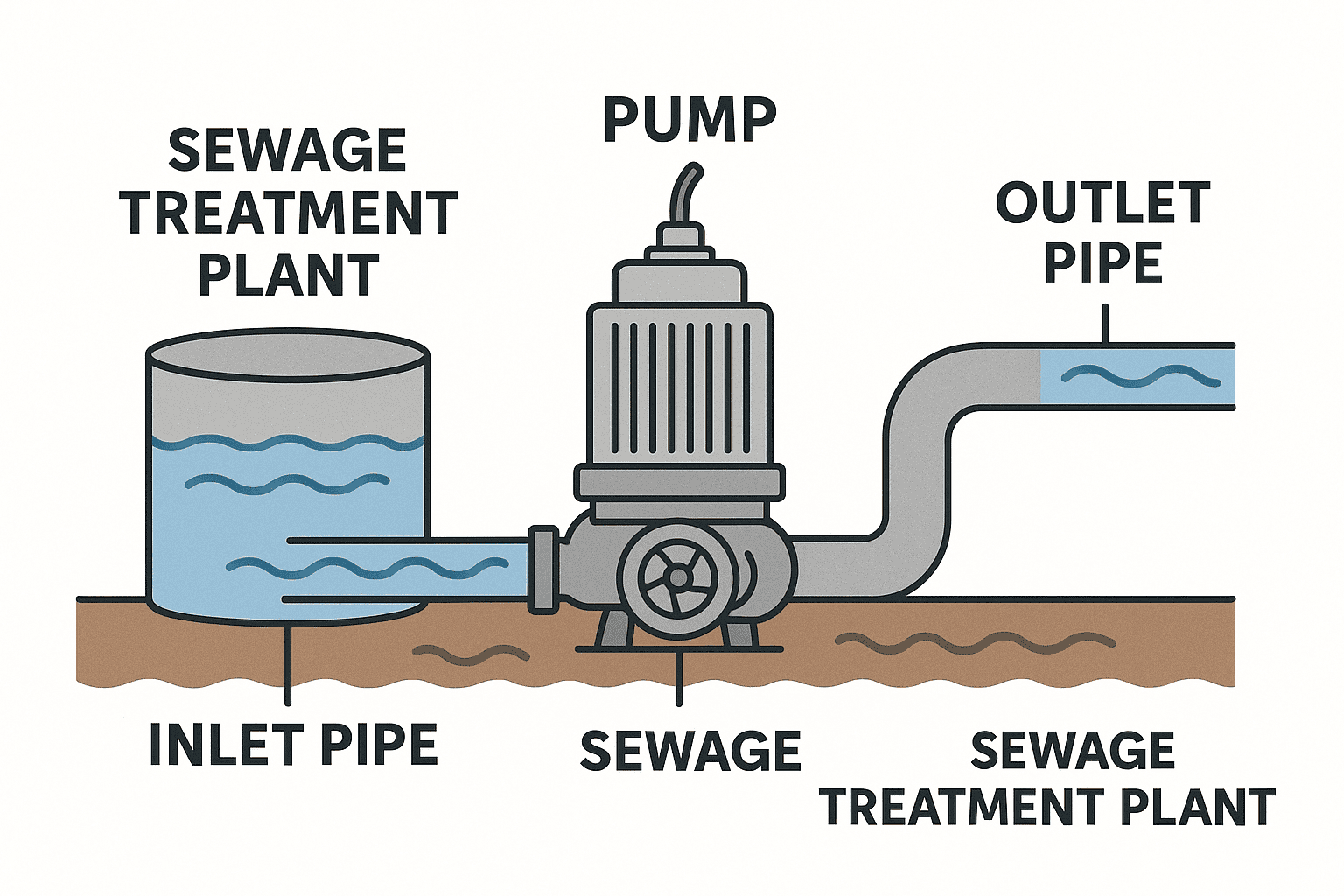Marketing campaign measurement should not be about proving ROI, but improving ROI.
Marketers tend to overemphasize their assessments of media and marketing channels, since these align to the budget allocation process and tend to be visible to the MD and other executives.
In the end, the marketing revenue metrics are usually more important than marketing campaign effectiveness measurement
Why Measuring Marketing Campaigns Is Difficult
It’s easy to ask the question, “What kind of results do my programs deliver?” However, determining the answer can be very difficult. Some of the key challenges to marketing campaign measurement are:
Knowing when to measure. The money you invest today will have an uncertain impact at an uncertain point in the future. Last month’s tradeshow may deliver results next month or perhaps not for two years, but marketers need to decide where to invest their budgets today.
Multiple touches. Conventional marketing wisdom says at least seven touches are needed in order to convert a cold lead into a sale. Whether or not this is the correct number every marketer knows it takes multiple touches to create a customer. This fact makes it difficult to allocate revenue to any specific touch.
Multiple influencers. According to MarketingSherpa, the average buying committee for a five-figure purchase at a mid-sized company comprises six people. In the case of larger companies or more complex purchases, such a committee can involve 21 or more influencers. Different marketing programs affect each individual differently, so it is a challenge to know which programs have the most impact.
Extraneous variables. In many cases, factors outside marketing’s control can significantly impact program results – from macro-economic trends to the weather to the quality of the sales reps. If revenues increased because the economy improved, can marketers claim their programs delivered better ROI?
Measuring the contribution that a given marketing program has on revenue and profits has been the holy grail of marketing measurement ever since John Wanamaker famously remarked, “Half of the money I spend on advertising is wasted; the trouble is, I don’t know which half.”
Perhaps the most common question marketers ask is, “Did this program (trade show, email blast)deliver results?” This section is all about how marketers can answer this challenging question – and build a sensible framework for measuring the effectiveness of their decisions
Methods to Measure Marketing Program ROI
Just because measuring marketing ROI is hard doesn’t mean it’s impossible. Fortunately ,various methods exist to give companies insight into their various programs’ levels of effectiveness:
Each sequential method on this list will give you a more accurate view into your customer value data – but this additional insight comes with a corollary rise in cost and complexity. As a result, most organisations begin the process of marketing campaign measurement with the first and second methods and begin to experiment with more approaches as they move up the maturity curve
- Single Attribution (First Touch / Last Touch)
- Single Attribution with Revenue Cycle Projection
- Attribute across Multiple Programs and People
- Test and Control Groups
- Full Market Mix Modelling
Single Attribution (First Touch / Last Touch)
The most common methodology for tracking the results of marketing campaigns is to assign all the value to the first (or last) program that touched the deal.
This usually means allocating the deal to the source of the first person from that company, or to the key person.
First Touch Definition
First touch attribution allocates all the value to the “First” campaign activity that touched the deal. Typically this is the Lead Source. For example, If a company held a seminar at a networking event and generated a Lead that closed a deal one year later, that company would give revenue credit to the initial seminar. What if the person had previously been on the website but this wasnt known?
Last Touch Definition
Last touch attribution gives revenue credit to the “Last” marketing campaign activity that touched the lead before the key action was taken. If a Lead becomes a Prospect after watching a product demo, that demo would receive revenue credit, even though a sales rep had nurtured the Lead in several other ways
Advantages and Disadvantages of single attribution
Advantages:
- Relatively easy implementation and low cost
- Provides good insight into the early stages of the revenue cycle
- Works well when the majority of investments are made in lead generation instead of lead nurturing
- Gives straightforward insight into “investment per” lead metrics
Disadvantages
- Doesn’t account for the influence of subsequent touches– so insights are directional at best
- Attributes too much credit to lead generation campaigns and not enough to nurturing touches or contributions from sales
- Hard to account for quality until the deal closes; can be skewed by a particularly large deal or long sales cycle
Single Attribution with Revenue Cycle Projection
An obvious disadvantage of first and last touch attribution is that today’s marketing investments may not pay off for quite sometime, so the ROI of your current marketing campaigns remain in limbo.
Approaches to marketing ROI measurements that do not properly account for the time-to-investment payoff can lead to decisions that bias towards short-term gains over building true long-term value. This applies across all industries, but its impact is especially acute in companies with considered-purchase products and long revenue cycles.
Advantages & Disadvantages of Single Attribution with Revenue Cycle Projection
Advantages
- Focuses on revenue impact of campaigns, not just top of the funnel
- Uses estimates to quantify the future value of today’s investments
- Uses lead quality, not just quantity, to evaluate programs
Disadvantages
- Attributes value to lead sources without accounting for the influence of other marketing touches
- Uses past performance to estimate future results, so cannot incorporate underlying changes
- Requires that estimates must eventually be backed up with actual results
Solution: revenue cycle projections
By adding revenue cycle projections to a first touch single attribution, you can gain deeper insight into the long-term impacts of your programs. For example, instead of waiting to see the actual results of a tradeshow, this approach looks at what impact the trade show had at the top of the revenue cycle and embellishes that view by estimating the trade show’s long-term impact based on historical conversion metrics.
In the marketing example below,
- Trade Show 1 occurred a year ago and shows a fairly good picture of its returns.
- In contrast, Trade Show 2 just happened last week. With the basic first touch single attribution model, Trade Show 2 looks as if it has delivered very poor results.
- But this is not an apples-to-apples comparison

However, when we apply revenue cycle understanding of how leads from similar tradeshows have converted over time to the above model, we are able to estimate what the total future impact of the trade show will be
With single attribution and revenue think of it this way. When discussing a recent marketing campaign, would you rather say,
- “The event was great; 250 people stopped by the exhibition stand,” or “
- “The event was great; 250 people stopped by the exhibition stand, and we expect to add an incremental £300,000 to pipeline over the next 12 months as a result?”
Attribute across Multiple Campaigns and People
Example of Attributing across Multiple Campaigns and People
Assume a deal worth £50,000 recently closed. Three people were involved in the deal:
- Person A attended Trade Event and Seminar.
- Person B attended Trade Event only.
- Person C was sent Direct Mail and clicked to the website.
- In this scenario, you might give £50K credit to Trade Event, £25K to Seminar and £25K to Direct Mail
Advantages and Disadvantages of Attribution across Multiple Campaigns and People
Advantages
- Incorporates nurturing touches as well as lead generation
- Especially useful for long revenue cycles with many touches
- Focuses on all contacts associated with a deal, not just the first
Disadvantages
- Requires assumptions that can add bias to the analysis
- Important to find any possible “hidden” contributors, including online and sales activity
- Lacks insight into synergy of tactics, no correlations or connections
- Risk of over-crediting low impact touch points, especially if you weight all touches equally
The Approach of Attribution across Multiple Campaigns and People
This approach recognizes that it takes multiple touches from multiple people to close a deal, and attempts to measure the contribution of each individual touch.
How to Track and Analyse Allocations
First things first. Start with the action you are analysing (pipeline creation, closed revenue, etc.) and work backwards to identify each significant touch that affected all of the contacts associated with that particular deal – but make sure you account for only the touches that occurred before the action was taken. You will track each touch and contact person from here.
Once you compile a comprehensive list, you need to allocate portions of the resulting deal to each one – including count, pipeline, revenue, profit, and so on. This is where things can get tricky
Allocation Methodologies
Before you allocate your revenues across multiple programs and people, you need to decide how to weight each touch point – if at all.
By Time: You may want to weight some touches over others based on when they occurred in relation to the action that delivered value. This assumption is especially true for programs that happen immediately before the key behaviour. For example, the fact the prospect attended last week’s webinar may have more to do with them becoming a lead than the white paper they downloaded and trade show they attended12 months ago.
By Role: You may give more weight to programs that touched the key decision maker than those affecting other influencers. Just be sure your weighting matches your business realities Note: an MD shouldn’t be weighted more heavily than a Manager if he or she has little impact on the deal.
By Program Type: Some marketers will choose to weight certain types of touches more heavily than others, based on the level of engagement. For example, attending a two-hour seminar may have more impact than a simple website visit. However, be careful not to give more weight to more expensive programs just because they cost more. This opens you up to other executives questioning your assumptions
Test & Control Groups Measurement
A great way to measure the true impact of a particular marketing campaign is to test the effectiveness of that initiative against a well-formed control group by comparing the two groups’ results. Of course, this means you need to plan your programs to be testable from the get-go.
Almost anything can be measured using proper test design, but it’s prohibitively expensive to test everything.
Putting it to practice
With test and control groups, you need to apply the program or treatment that you want to measure to one component of your target buyer group, and not to another homogeneous part of that group. All other factors being equal, you’ll be able to attribute any difference in buyer behaviour between the two groups to the particular program.
Say, for example, that you want to measure the impact of one of your brand advertising campaigns on target awareness. One potential approach would be to split your market into two equal geographic parts, and spend twice as much on one group than the other. You can compare the behaviours of these two market segments to analyse your campaigns effectiveness – did you experience more growth in direct and branded search from the geography with more spending? Assuming all other marketing and sales influencers on these two groups were the same, you can credit any difference in traffic growth to your brand advertising spend
Test design
The outcome metric (what you measure) can be anything: revenue, profit, leads, search traffic, conversion rates, average selling price, etc. – or all of them. This is good in situations where it may be hard to see the impact of the campaign on things like revenue.
You can also test almost anything, including:
Programs and tactics. Did that particular webinar have an impact?
Messages. Which message and/or copy resonated the most with you target audience?
Contact frequency. How often should we send an email?
Spending levels. What happens if we double investment in display advertising?
It’s also possible to measure combinations of touches rather than just single touches. This is a great way to test lead nurturing tacks – allowing you to test and measure the effectiveness of one entire lead nurturing track versus another rather than individual emails, etc. Should you want to test multiple campaigns at one time, you can also use multivariate testing methodologies. The importance of statistical significance You don’t need to go overboard, but you do need to make sure the difference between your control and test groups is statistically significant in comparison with average standard deviations. Eighty percent confidence should be good enough – we’re not talking about drug testing or other things that require 99% confidence
Advantages and Disadvantages of Test and Control Groups
Advantages
- More sophisticated and analytical –reveals the true impact of a marketing program
- Can measure almost any impact on almost anything with the right test
- Relatively low cost if you can design a decent control group
Disadvantages
- Focused on specific tactics – can’t report on effectiveness of all campaigns
- Almost everything can be tested, but it’s prohibitively expensive to test everything
- Only works when you’ve incorporated variance to support campaign measurement
Full Market Mix Modelling
Advantages of market mix modelling
- Very accurate
- Measures the impact of all programs – and all external factors as well#
- Gives insight into campaign effectiveness and efficiency
Disadvantages of market mix modelling
- Needs lots of data; can be costly to collect all the required historical data
- Requires sophisticated analytical skills
- Focus on short-term sales changes can under value longer-term brand building activities
Market Mix Modelling (MMM) shows how sales volume outcomes are dependent on various independent marketing touches and other non-marketing factors by using statistical techniques, such as regression.
Less than 5% of those in Business to Business marketing currently use this model to measure marketing ROI.
Here’s a sample statistical example (please note I have deliberately simplified the actual example
- Acme Manufacturing Ltd a company whose revenue is approximately £2.5 million
- Their marketing spends is
- £50,000 on trade shows.
- £20,000 on display advertising
- £30,000 on web and digital marketing
- Acme Manufacturing marketing mix model might have an equation like this: Sales=2.5M+10 x Web +1.0 x Display +5 x Trade Show
- This calculation shows that without Marketing Acme Manufacturing would have made £2.03 million in sales with £470,000 in revenue being generated by marketing
- Eg: Trade show receives credit for 5 x £50k = £250k, Display ads get credit for 1 x £20k = £20k and Website Design gets credit 10 x £30k = £300k
You might be thinking “Wow that looks complicated”
As you might imagine after seeing this example, the selection of your independent variables can be a complicated affair. It could be justifiably argued that the process involves as much art as it does science. You’re likely to find that you’ll expend the most of your resources – both in time and money – in collecting your data, not analysing it.
Regardless, make sure you drill down to the science of your own MMM equation by incorporating all factors that might impact your output. Possible factors include the marketing classics Price, Promotion, Product (or service) , Place, Distribution, Sales, Competition, and Pest factors such as the economy etc
Campaign Specific Metrics – Elements to measure and track
Marketing should be using methods like attribution and market mix modelling to determine campaign effectiveness and contribution, campaign- and program-specific metrics should not be ignored.
While less relevant to the MD, these will be early indicators of market changes, and will help track growth so program managers can ensure proper campaign mix. The list below may represent only some of the campaigns you run; it’s important to capture information across your marketing mix. Here are a few metrics you may want to track on a regular basis, organised by campaign type
Email Metrics
- Unsubscribe rate
- Bounce rate
- Open rate
- Click-through rate
Webinar Metrics
- Attendee rate
- Drop-off rate
- Engagement rate
Event Metrics
- Registration
- Attendees
- Satisfaction
Social Media Metrics
- Gross views
- Connections
- Mentions
- Activity
- Engagement
- Conversions
- Sentiment
Website Metrics
- Views/ Visitors
- Unique Views
- Backlinks
- Conversions
- Form fills
- Downloads
- Time on page
Blog Metrics
- Posts
- Subscribers
- Views/ Visitors
- Unique visitors
- Social shares
Online Ad
- Impressions
- Cost Per Click (CPC)
- Cost Per Thousand Views (CPM)
- Cost Per Conversion (CPC)
- Cost Per Action (CPA)
Direct Mail
- Eyes On
- Delivery Rate
- Response Rate
- Cost Per Conversion
Customer Metrics
- Churn Rate
- Customer Lifetime Value
- Share of Wallet
- Customer Engagement
Communications Metrics
- No of press releases
- No of interviews
- No of press events
- Volume of coverage
- Share of voice
Marketing Campaign Measurement, Marketing Metrics and Analytics
There are several approaches that SMEs (Small and Medium-sized Enterprises) can take to measure the effectiveness of their marketing campaigns. Here are some common methods:
- Define Key Performance Indicators (KPIs): Start by identifying the specific metrics that align with your marketing goals. These could include website traffic, conversions, sales revenue, social media engagement, email open rates, or customer acquisition cost.
- Set up Analytics Tools: Utilize web analytics tools like Google Analytics or social media analytics platforms to track and measure the relevant KPIs. These tools provide valuable insights into user behaviour, traffic sources, and campaign performance.
- Track Conversions: Implement conversion tracking to monitor the actions that indicate success, such as form submissions, online purchases, or downloads. Use tools like conversion pixels or tracking codes to attribute conversions back to specific marketing channels or campaigns.
- Use UTM Parameters: When sharing campaign links, add UTM parameters to the URLs. UTM parameters are tags that enable you to track the performance of individual links within your marketing efforts. This allows you to identify the sources and mediums driving traffic to your website.
- Customer Surveys and Feedback: Gather feedback from your customers through surveys or feedback forms. This qualitative data can provide valuable insights into the effectiveness and impact of your marketing campaigns on customer perceptions and behaviour.
- A/B Testing: Conduct A/B tests by creating multiple versions of your marketing campaigns or landing pages. This helps you compare the performance of different elements, such as headlines, call-to-action buttons, visuals, or messaging, and identify which variations yield better results.
- Social Media Listening: Monitor social media platforms for mentions of your brand, campaign hashtags, or related keywords. Analyse sentiment, engagement levels, and customer feedback to gauge the impact and reach of your marketing efforts.
- Cost Analysis: Measure the return on investment (ROI) for your marketing campaigns by comparing the costs incurred with the generated revenue or desired outcomes. Analyse the cost-effectiveness of different channels and campaigns to allocate resources more efficiently.
- Benchmarking: Compare your marketing campaign results against industry benchmarks or competitors’ performance. This helps you understand how well you are doing relative to others and identify areas for improvement.
- Long-term Tracking: It’s important to track and analyse the performance of your marketing campaigns over time. Look for trends, patterns, or seasonality in the data to gain a deeper understanding of the long-term impact and effectiveness of your marketing efforts.
Remember that the specific measurement approach will depend on your marketing goals, target audience, and available resources. It’s essential to align your measurement strategy with your overall business objectives to ensure you are capturing meaningful insights to inform future marketing decisions.
If you would like to know more about marketing metrics and analysis contact Andrew Goode MBA, MSc, FCIM Click here to arrange a call
Other articles linked with marketing metrics that may provide additional insight. Marketing metrics and analytics, marketing ROI Planning , marketing revenue analytics and Marketing Measurement Metrics












